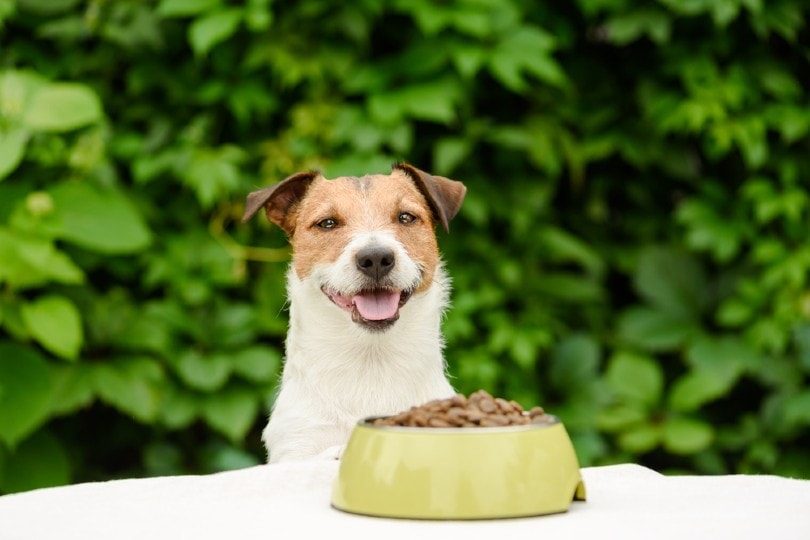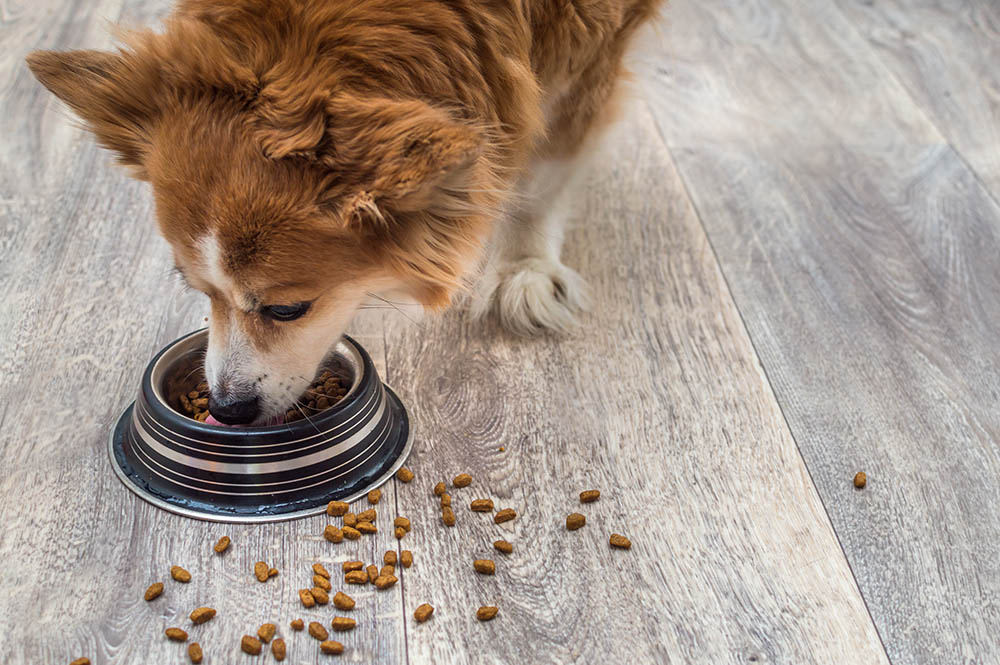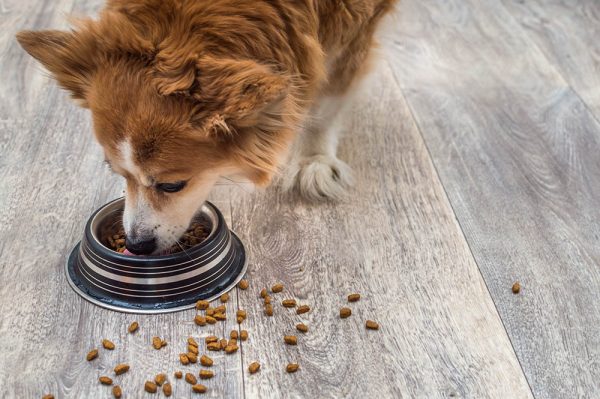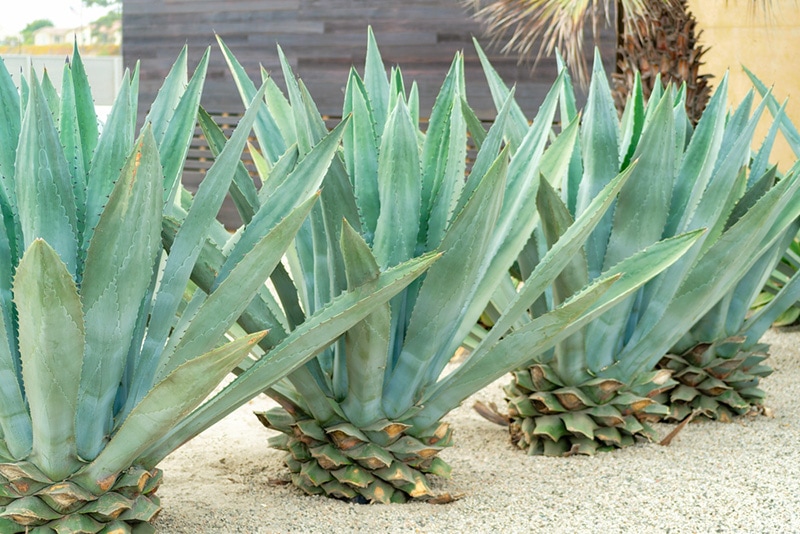Finding good dog food can certainly be an uphill battle in many ways. Whether the problem is finding food that has the right nutritional components or if you have a picky dog who may not want to eat food, it can be challenging! Understanding all the jargon printed on the nutrition label presents another layer of difficulty.
While “crude fiber” might sound menacing to some, it is perfectly safe and healthy for dogs. It reflects a measure of a food’s amount of fiber. “Crude” suggests that the value was obtained through chemical analysis; it does not indicate that the food is low quality, dangerous, or anything negative.
Fiber is typically composed of the indigestible portions of plant materials. It helps maintain gut health and aid digestion. Keep reading to learn everything you need about fiber content in your dog’s food!
What Is Fiber?
Fiber is an undigestible compound found in plant maters. Typically, fiber is seen as the parts of the plant material that cannot be digested by a dog. It is critical for gut health and stability. It’s beneficial for dogs with difficulties expressing their anal glands or those with loose or runny stools.
There are two main types of dietary fiber, soluble and insoluble. Soluble fiber acts like a sponge soaking up moisture. In this case, it attracts water to form a gel around the ingesta and slows digestion. Insoluble fiber helps balance the GI transit time by speeding digestion.
The amount of fiber needed in a diet varies from dog to dog. It helps keep their gastrointestinal tract healthy. Dogs who have persistent issues with digestion or anal gland blockages can be started on a high-fiber diet to improve these conditions.
Fiber sometimes gets a misnomer as a “filler” ingredient. But fiber is far from a filler ingredient, as most animals must promote healthy digestion. Most natural sources of fibers are carbohydrates. So, if your dog needs a low-carb diet, that will be a lower-than-average fiber diet by default, unless fiber sources are added to the formula.

Where Does Fiber Come From?
Fiber is primarily derived from the indigestible plant materials that come along with the more digestible nutrients. Assuming your dog eats some amount of plant material—most animals do. Even carnivores eat the contents of their prey’s stomach, which are often composed of various plants and grains.
What Are There Benefits of Fiber in Dog Food?
Fiber promotes healthy digestion in several ways. Fiber helps to regulate intestinal motility and digestion transit time. It bulks up the material in your dog’s digestive system, helping to give stool the right consistency. One of the most important characteristics of fiber is that it functions as a prebiotic, which means that while dogs can’t digest fiber, it is a food source for the beneficial bacteria in the dog’s digestive system. Fiber promotes the growth of beneficial gut bacterial colonies, and they in turn aid in healthy digestion and protect the dog’s health by preventing pathological bacteria from colonizing the gut. Beneficial gut bacteria play a very important role in your dog’s health. They support healthy digestion, nutrient assimilation, and immune protection.

Are There Risks to Low Fiber Diets?
Yes! While some dogs may need a low-fiber diet for health issues, this should only be employed if your veterinarian recommends it. Low-fiber diets in humans have been linked to conditions like chronic constipation, hemorrhoids, and even bowel cancer. So, it’s best to ensure that your dog meets all its nutritional needs, including fiber.
Summary
Understanding nutritional labels isn’t easy! Most labels are so heavily obscured with jargon that it can seem nearly impossible to get your head around the information. Luckily, we are here to help demystify the jargon. You need not worry about the safety of “crude” fiber in your dog’s food.
See Also:
- What Are Tocopherols in Dog Food? Are They Healthy?
- How to Keep Mice Away from Dog Food: 3 Expert Tips & Tricks
Featured Image Credit: Anastasiya Tsiasemnikava, Shutterstock












